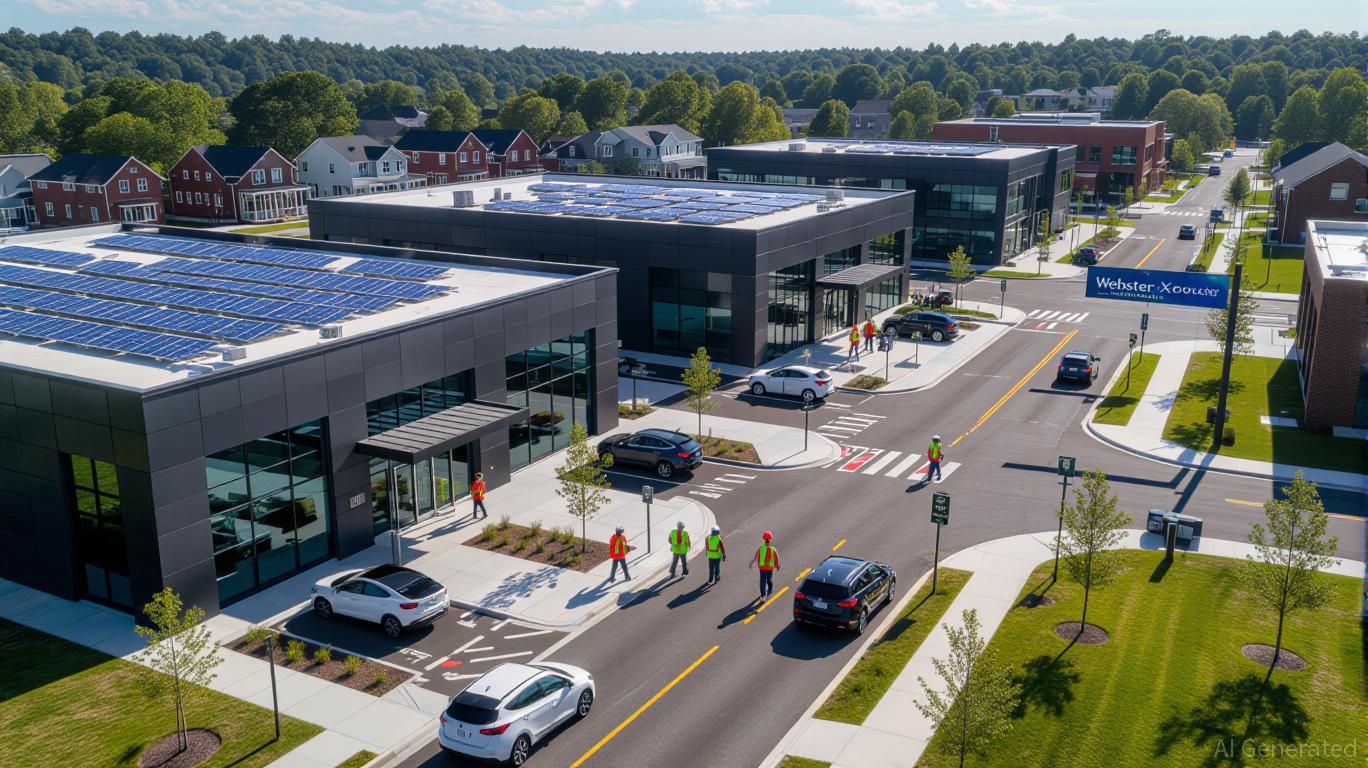The New Prospects for Economic Growth Infrastructure in Webster, NY
Webster, NY: A New Epicenter for Industrial Growth and Investment
Webster, New York, is rapidly establishing itself as a prime destination for industrial and real estate development, thanks to significant infrastructure enhancements and a dynamic public-private partnership (PPP) approach. Central to this progress is a $9.8 million FAST NY grant awarded to the Webster Community Coalition for Economic Development, Inc., which is fueling the revitalization of the Xerox campus and the Northeast Area for Technology (NEAT). This initiative serves as a model for how public funding and private sector collaboration can unlock substantial economic potential.
The Role of Public-Private Partnerships in Revitalization
Once a 300-acre brownfield, the Xerox campus is being transformed into a state-of-the-art industrial center through a blend of government grants and private sector investment. The Webster Economic Development Agency highlights that the $9.8 million FAST NY grant is being supplemented by the Community Access Project, which has secured over $2 million in state funds and $500,000 in federal support to improve connectivity and pedestrian infrastructure. These collaborative efforts help mitigate financial risks for developers and ensure that infrastructure improvements align with long-term economic objectives. For example, the funding supports road upgrades, expansion of sanitary sewer systems, and comprehensive electrical planning—all essential for attracting high-tech and manufacturing companies.

Governor Kathy Hochul’s broader economic strategy places a strong emphasis on PPPs to foster a sustainable economic environment. In her August 2025 announcement, she outlined that $51 million in FAST NY grants are being directed toward upstate projects to create “shovel-ready sites” that will draw in advanced industries and generate new employment opportunities. Webster is already seeing results: the fairlife® dairy facility, a $650 million private investment, is expected to bring 250 new jobs to the area by the end of 2025.
Expanding Industrial Land and Infrastructure
The FAST NY grant is directly increasing the amount of industrial land available in Webster. Efforts such as road dedication and land subdivision are preparing nearly 300 acres for development, while new roadways and multimodal connections are enhancing access to key transportation routes. These improvements are particularly valuable for industries like semiconductor manufacturing and renewable energy, which depend on reliable electrical infrastructure and efficient logistics.
Upgrades to the sanitary sewer system further boost the site’s attractiveness. With projections of over one million square feet of industrial space to be completed by 2025, the Xerox campus is positioning itself as a hub for advanced manufacturing and food processing. This scalable approach is vital for drawing in major tenants, allowing for phased expansion without sacrificing operational efficiency.
Modernizing Energy Infrastructure for Sustainable Growth
Energy system improvements are a cornerstone of the Xerox campus redevelopment. The FAST NY grant is funding advanced electrical planning to upgrade the power grid, making it suitable for energy-intensive sectors such as data centers and clean energy production. These enhancements support New York State’s climate objectives and help businesses lower their long-term operational expenses. Integrating renewable energy sources into the campus’s power supply not only reduces environmental impact but also increases the site’s competitiveness in a global market that values sustainability.
Wider Economic Impact
The positive effects of these investments are already visible in Webster’s property market. Residential property prices have climbed by 10.1% over the past year, fueled by better infrastructure and the arrival of well-paying jobs. The commercial real estate sector is also set for growth, as the availability of modern industrial spaces and upgraded utilities attracts companies looking for scalable and cost-effective locations. Recent zoning changes that allow for mixed-use developments—combining manufacturing, logistics, and residential spaces—further enhance the region’s appeal.
Summary
Webster’s ongoing transformation highlights the effectiveness of targeted infrastructure investment and public-private collaboration in driving economic progress. By leveraging state funding alongside private investment, the city is building a resilient industrial base that prioritizes both growth and sustainability. For investors, the Xerox campus and NEAT site offer more than just real estate—they represent a forward-thinking model for development. As Governor Hochul’s vision comes to fruition, Webster stands as a powerful example of how strategic partnerships can unlock significant economic opportunities.